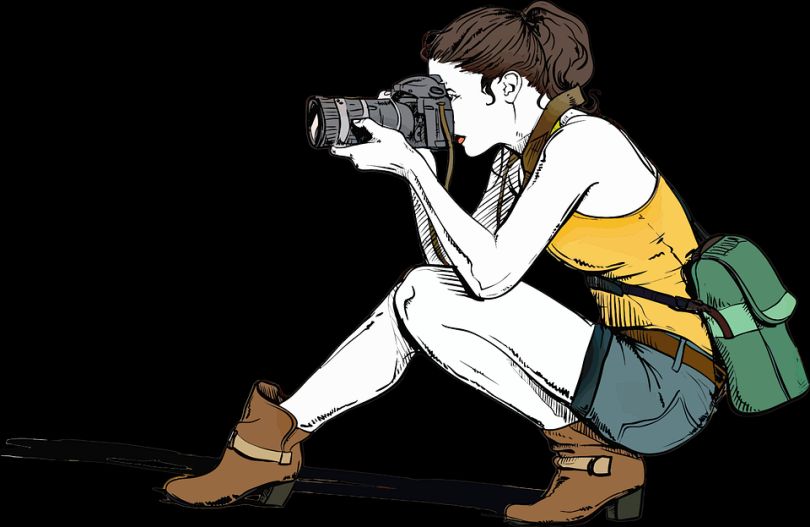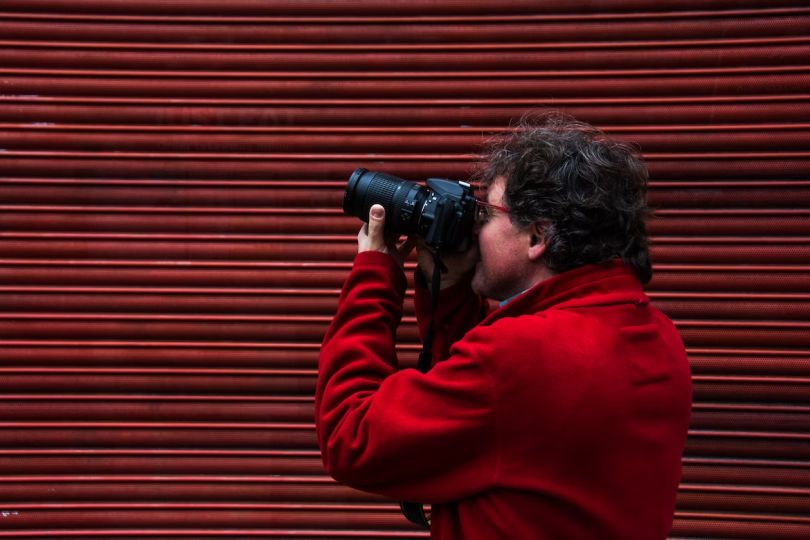Composition Techniques That Every Beginner LA Photographer Should Know
Are you dreaming of taking stunning award-winning photos that capture the beauty and culture of Los Angeles? Becoming a successful photographer requires mastering composition techniques, and as a beginner in LA, there are some specific methods you need to understand to excel.
From controlling perspective through basic framing principles to making use of colors and contrasts, these tips will help ensure each photograph is an eye-catching piece that represents the city you love.

Rule of Thirds
The Rule of Thirds is a basic photographic principle that can elevate your compositions from mediocre to captivating. By dividing your image into 3 equal parts both horizontally and vertically, you create a grid that splits the frame into nine equal sections. This provides a guide for the placement of your subject and important elements within the scene.
Using this principle, you can create a more balanced and dynamic composition that catches the viewer’s eye and holds their attention. The Rule of Thirds is a simple but effective technique that can be applied to any photographic genre, from landscapes to portraits, and is a great way to improve your visual storytelling skills.
The Importance of Balance
Creating a sense of balance in a photo is crucial when it comes to producing a visually pleasing image. One way to achieve this balance is by using elements of different sizes and colors. By doing so, you can draw attention to specific parts of the photo while keeping an overall sense of harmony.
Choosing the right elements to balance the colors and sizes can make or break the image. When doing Glamour Photography in Los Angeles, for example, the poses and clothing of your subject should be considered to achieve an aesthetically pleasing composition. Or, if you’re taking a portrait of a person at the beach, think about the size of the waves and how they can be used to achieve a sense of balance.
Perspective and Framing
A photographer’s toolkit goes beyond camera equipment to include perspective. Changing your angle can greatly enhance the dynamism of your composition. It’s easy to get caught up in just focusing on the subject in front of you, but taking a step back or bending down might just be the key to unlocking a brilliant shot. Experimenting with different perspectives can provide an entirely new point of view that can transform a mundane shot into a breathtaking image.
On the other hand, framing is a powerful technique that can help elevate the impact of your photography. By incorporating objects like trees, windows, or even people in your shots, you can add depth and context to your subject, making it stand out more and creating a more engaging overall image. But framing isn’t just about placing random objects around your subject. It requires a degree of skill and creativity to achieve the right balance of composition, light, and perspective.
Leading Lines
Leading lines are an effective tool for photographers to guide the viewer’s eye toward the subject. Be it a road, a walkway, or a building, these elements can act as powerful visual aids to draw the viewer’s attention toward the intended focal point of the image. Such lines create a natural flow and add depth to the image, making it visually engaging for the viewers. Incorporating leading lines adds an extra layer of professionalism to a photograph and can elevate it from ordinary to extraordinary.
As a photographer, it is important to keep an eye out for these leading lines and use them wisely to capture stunning and captivating shots that leave a lasting impression on the viewers.
Utilizing Objects in Foreground
In photography, the foreground often provides an opportunity to create a dynamic and captivating image. By utilizing objects such as rocks or trees in the foreground, one can add depth and interest to a photo. These elements not only create a sense of scale and dimensionality, but they also provide a sense of context and a sense of place.
A well-composed foreground can help lead the viewer’s eye into the image and establish a visual hierarchy that draws the viewer in. With the proper use of foreground interest, a photographer can transform an otherwise ordinary shot into a striking work of art.

As a beginner photographer, it is important to keep in mind the different composition techniques that can be used. The Rule of Thirds, Balance, Perspective, Framing, and Leading Lines are all great ways to make any photo more interesting and dynamic. Taking advantage of Foreground Interest can also add depth to any photograph. Keeping these helpful tips in mind while on your shooting adventures will help you capture amazing photos you’ll cherish for years.
Remember to always experiment with your compositions and shoot with confidence knowing that you have the skills necessary to take stunning photographs.
